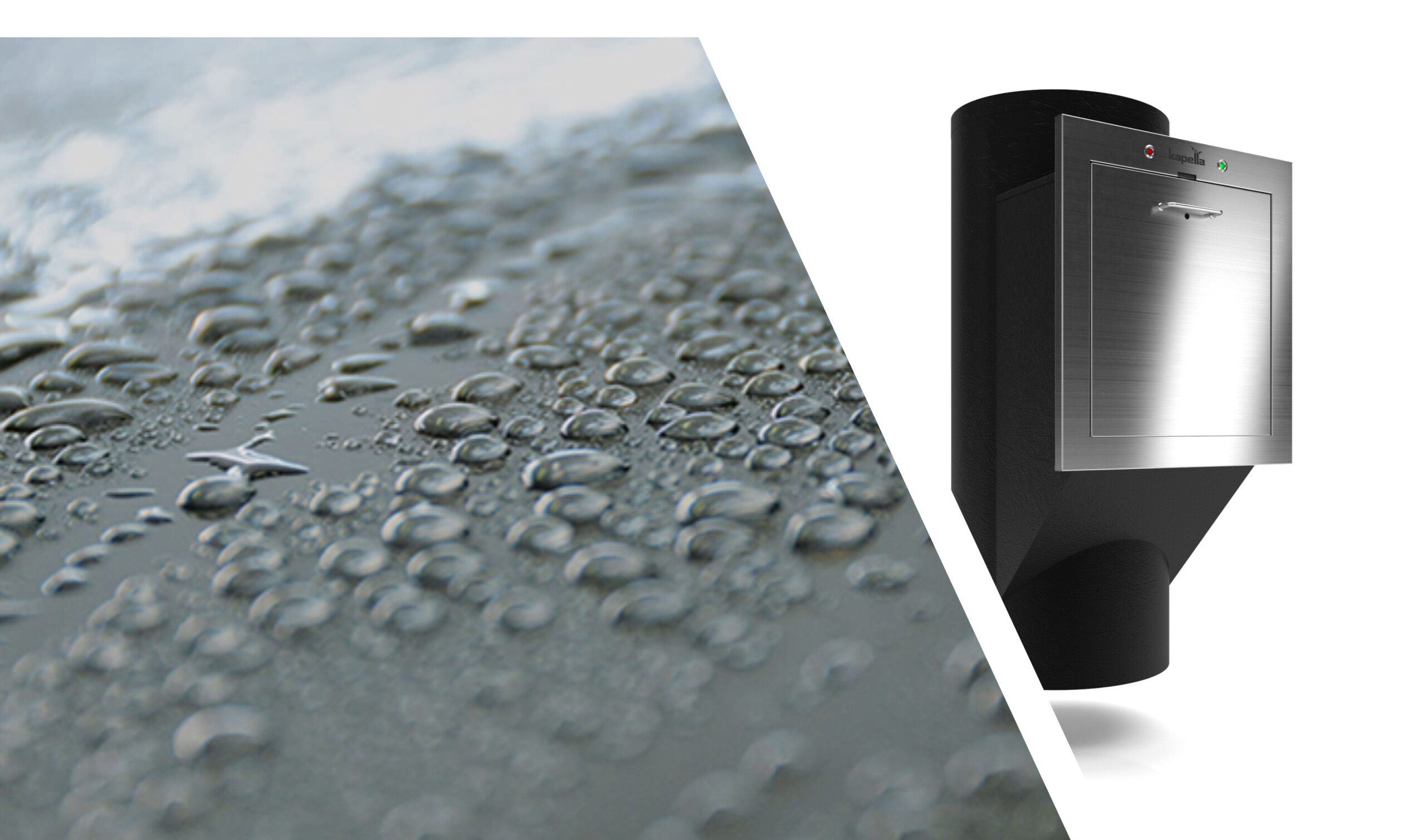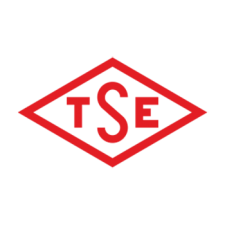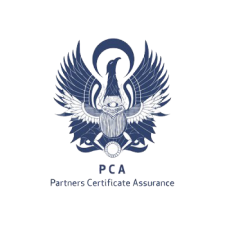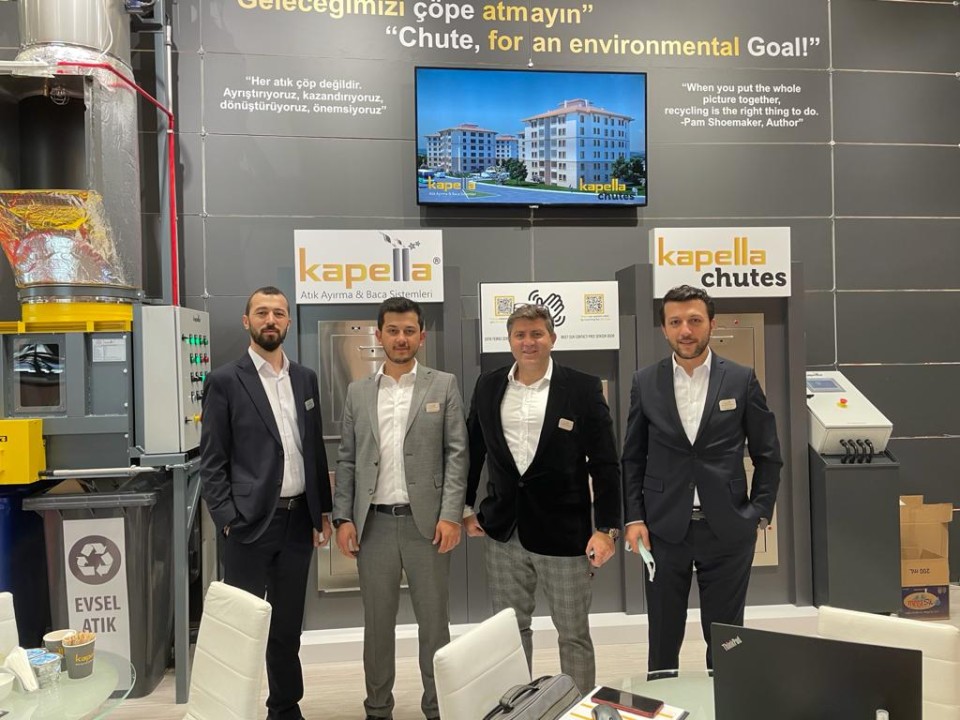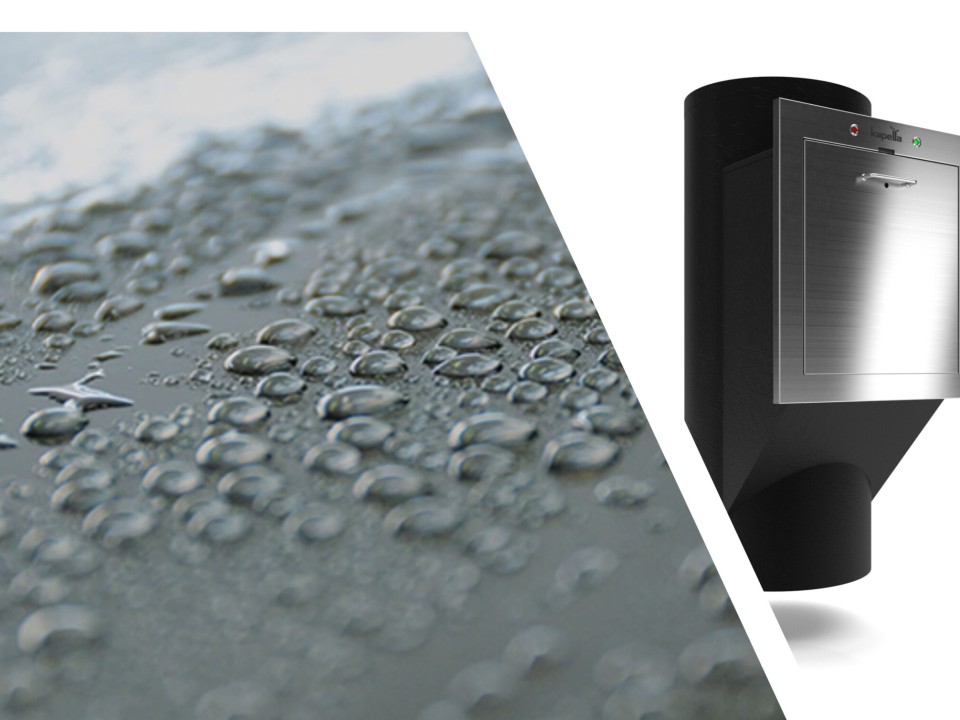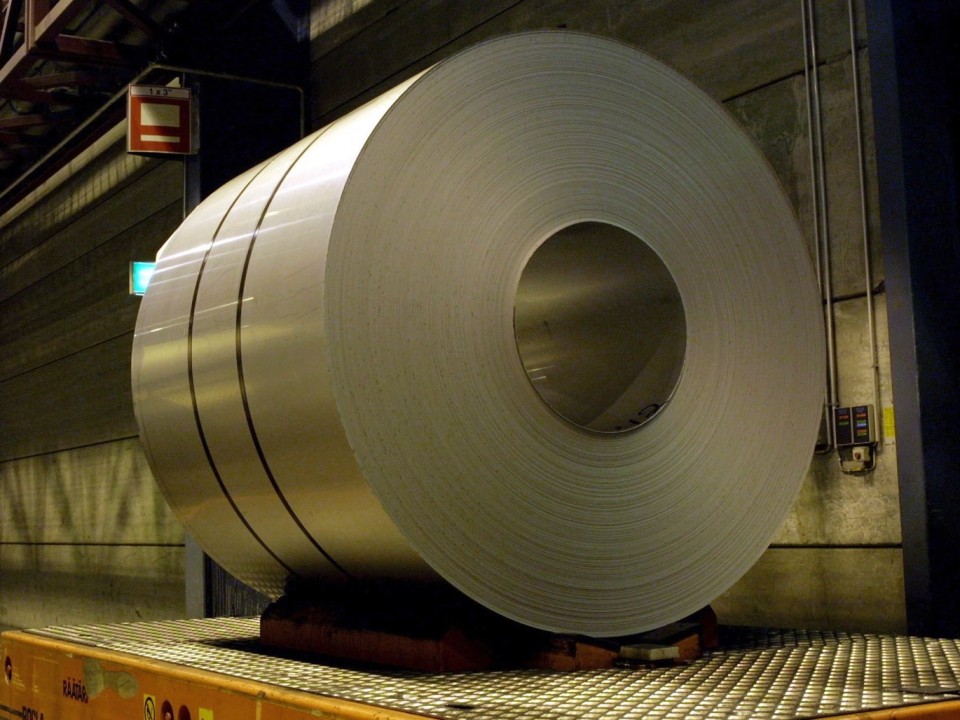Most people are still having to remove their garbage by hand. The trashes are mostly left in front of each door until building operator collects them. Waste liquid leaks from trash bags creates a potential for attracting insects, rodents and other pests, and increases cleaning operation costs and occupancy of the elevator and operator. The trash receptacle is often located in a remote area of the building. This can be a time-consuming chore and often takes away time from spent in the house or office. The hot climate during the summer also contributes to the rapid degradation and purification of waste and is therefore an important problem when considering the putrid air produced by waste bacteria. However, those who work in large buildings find that a trash chute makes the daily chore of handling garbage easier. Read on to find out how trash chutes work and about their many practical uses.
What Is A Trash Chute?
A trash chute a large tube that is used to move trash to a central collection point. Trash chutes include a bottom hinged square or rectangular door that opens like an oven door. Trash chutes typically have one door per floor for easy access. The chute itself is round and ranges between 600mm and 800mm in diameter. Trash is placed inside the opening of the chute, where it then falls to the basement or lowest level of the building.
Uses for Trash Chutes
Today, trash chutes are found in many residential and commercial buildings and institutional settings, such as hotels, offices and hospitals. In large buildings, it is not practical for residents, employees or even cleaning personnel to move large quantities of trash from floor to floor on elevators or stairways. Trash chutes are often the best way to consolidate trash from around the building into a central location for easier pick-up.
Easy and Convenient
Access to a trash chute means that the persons working in a building are not required to move garbage from their office to an outside dumpster. Because a trash chute makes waste disposal so easy and convenient, buildings equipped with a trash chute, generally, do not experience as many problems with trash accumulation and improper disposal by employees as buildings without a trash chute. In addition, trash chutes can be equipped with source segregation systems enabling buildings to incentivize valuable waste.
No-Touch Trash Handling
With a trash chute, the trash is bagged and dropped into the chute by an occupant of the building. In many cases, the trash falls directly from the chute into a roll-off bin or dumpster at the lowest level of the building and is never touched by human hands again. When full, the bin or dumpster is loaded directly onto a truck and removed for disposal.
Safety and Hygiene
After being placed in a trash chute, those working in the building no longer have any direct contact with the trash. The trash has been removed from the occupied area of the building, reducing the potential for attracting insects, rodents and other pests. To prevent the spread of germs and to help with odor control, a chute can be equipped with automatic cleaning and sanitizing systems that will dispense disinfecting and sanitizing solution in the chute to keep it clean and to cut down on bad smells. In order to enhance chute cleaning, Kapella applies a nanotechnologically advanced water-repellent spray to enhance chute cleaning and provide rust, UV and corrosion, and chemical resistance.
Unwanted Sound
Chutes may create unwanted noise from falling garbage inside the chute, in order to inhibit this, Kapella coats complete exterior surface of the garbage chute tubes with a sound dampening compound with the rate of 1.7kg/m2 with 2mm thickness.
Structure
Trash chutes are shaped from stainless steel 304 or 316, with a minimum thickness of 1.5mm, fully factory assembled and all linear joints are automatic continuous TIG welded. The intake doors are bolted in place on throats formed into the chute. All chute sections shall flash inside the sections below and there are no bolts, clips, or other projections inside the chute to snag the flow of material.
Pre-positioned support frames assure proper intake levels and there are no expansion joints in the chute between all support joints.
Discharge offsets, where required, are reinforced and separately supported in the impact area.
Fire Security
Waste rapidly produces highly dangerous methane gas potent to start a fire. Kapella Fire Rated Door assemblies comply with NFPA 80 that are listed and labeled by a testing and inspecting agency.
Tested at atmospheric (neutral) pressure according to NFPA 252 or UL 10B or EN1634-1:2014 standards.
There are many benefits that can be derived from having a trash chute integrated into the design of a building including convenience, ease of use and cleanliness. This makes them a vital part of working in a large building.
Kapella provides customers with a waste management plan including waste generation estimation, the number of containers required, compactors, chute design and waste flow plan.
NEWS
WHY TRASH CHUTES ARE VITAL
March 22, 2019
